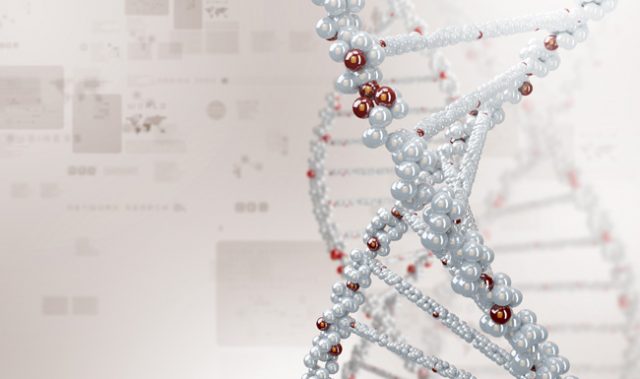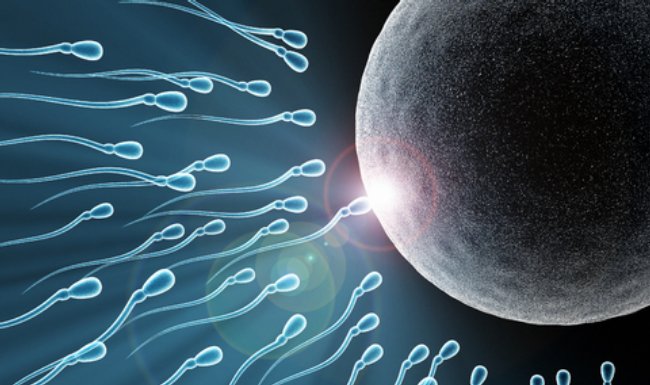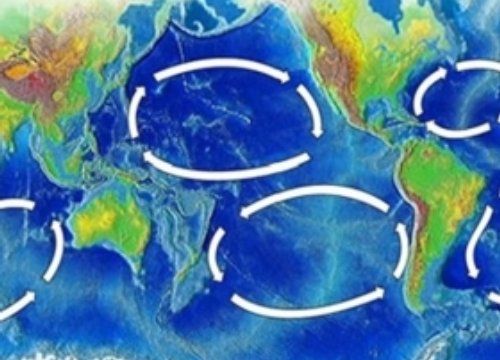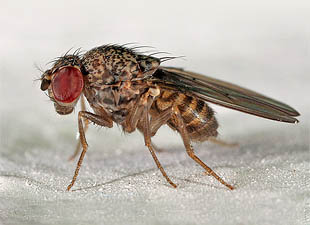
AsianScientist (Jun. 21, 2016) – A global survey of marine sponges—the most ancient multicellular lifeforms on Earth—has revealed they make a massive contribution to the total microbial diversity of the world’s oceans.
The study, a collaborative effort by researchers from 19 institutions around the world, was published in Nature Communications.
Microbes are essential for life. While it has been known for some time that the 8,000 or so species of sponges in the world’s oceans have a symbiotic relationship with complex microbial communities that contribute to their health and survival, the research team wanted to find out how diverse these microbial communities were.
Led by Associate Professor Torsten Thomas from the University of New South Wales (UNSW) in Australia, the team analyzed more than 800 sponge samples taken from the waters of 20 countries bordering the Atlantic, Pacific and Indian Oceans, as well as the Mediterranean and Red Seas.
“We found that 81 sponge species—less than on percent of the species described so far—were home to almost 40,000 different species of microbes,” said Thomas.
Their genetic analysis revealed enormous complexity, including showing that one single sponge species contained 12,000 different microbes. The total number of 40,000 microbes detected was much greater than the 15,000 species of microbes found in the water surrounding the sponges.
Complex network analysis of this diversity showed that the microbes interact with each other in similar ways across the different sponge species. These interaction patterns suggest that unrelated sponge species have evolved similar traits as a result of having to adapt to similar environments.
The article can be found at: Thomas et al. (2016) Diversity, Structure and Convergent Evolution of the Global Sponge Microbiome.
———
Source: University of New South Wales; Photo: Anna Barnett/Flickr/CC.
Disclaimer: This article does not necessarily reflect the views of AsianScientist or its staff.












